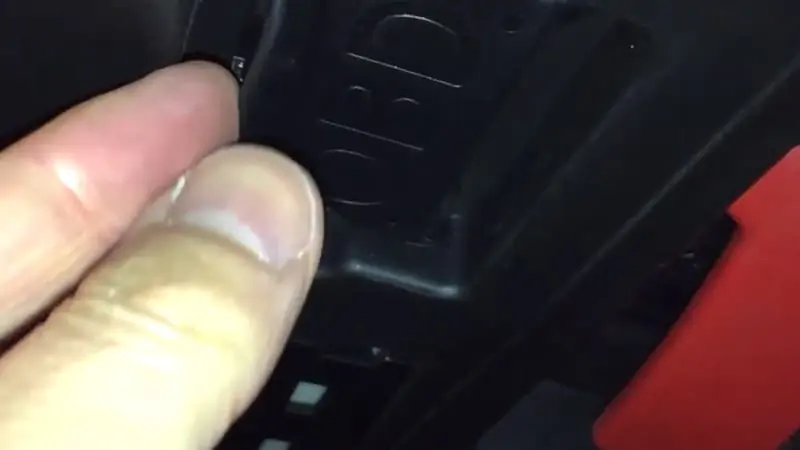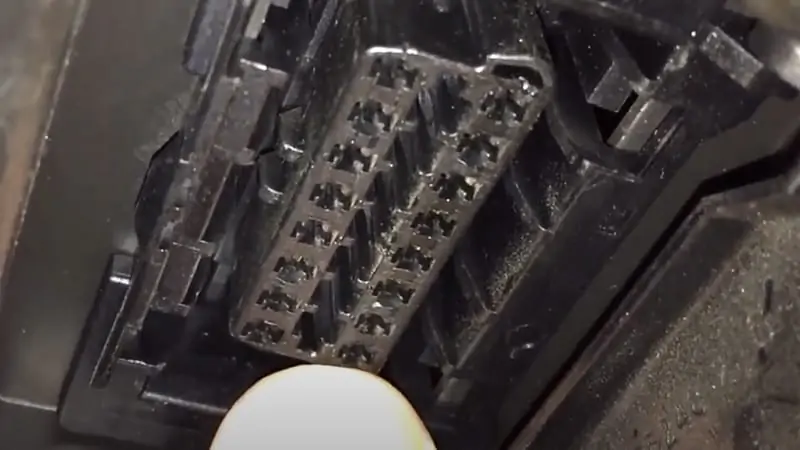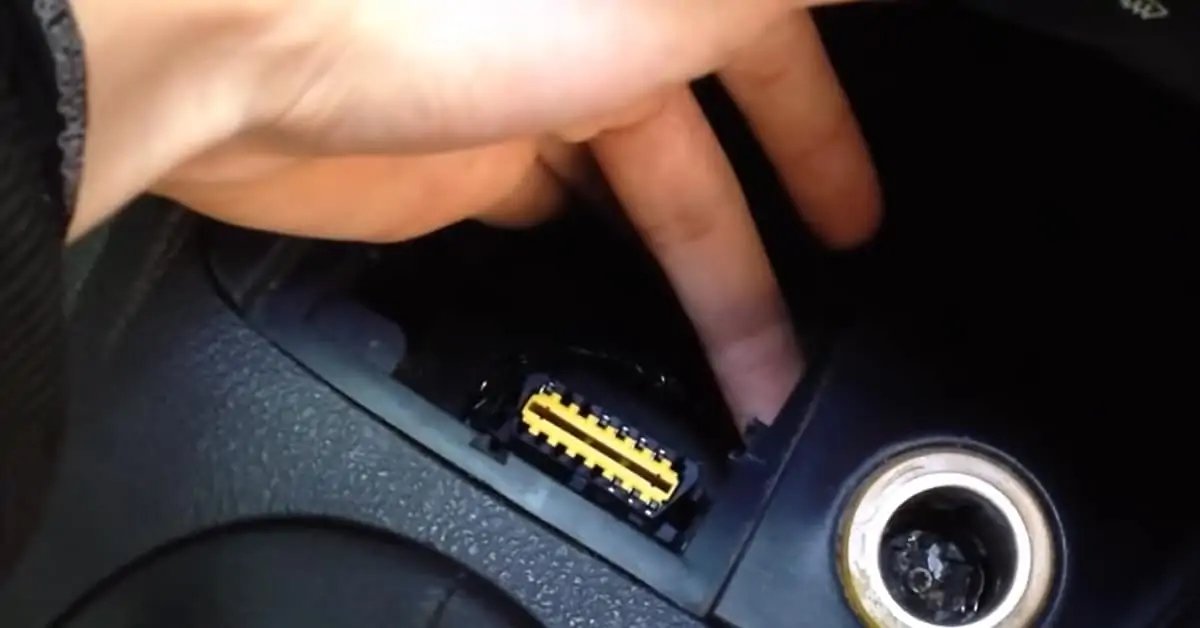Once you discover the importance of having an OBD-II port, it becomes almost indispensable. Just like the USB port on your laptop computer, there are times when you’ll wish you can connect more than one device to the same port. But can you use more than one device in your OBD-II port?
While it’s possible to connect more than one device to your OBD-II port, there’s no guarantee that they’ll work correctly. OBD ports are designed to handle a single device at a time, and you shouldn’t expect them to work as flexibly as the USB ports on your computer.
In this article, I’ll explain the technology of OBD-II and why it’s usually impractical to use two devices at once. Also, you’ll learn if OBD splitters work, and the possible workarounds that could make more than one device work.
What Is an OBD2 Port?

If your car was manufactured after January 1st, 1996, it should include an OBD-II port. It is a legal requirement for all cars made after 1996, making it a standard. Just like USB, manufacturers have started to create accessories that could connect directly to the OBD-II port.
This port can enable a device to do many things in the car. Most commonly, people connect OBD-II scanners to help pull information about a car from the ECU’s database. You can also let a device that connects to your OBD port measure speed, mileage, and other useful information about your vehicle.
Before the inception of the OBD-II standard, there was the OBD standard that wasn’t as functional. Then, the onboard diagnostics feature was an added luxury in premium vehicles, and only select cars have them.
By 1994, the California Air Resource Board has perfected its newer onboard diagnostics standard, and by 1996, it has become an official requirement in all vehicles. It wasn’t until then the technology was named OBD-II. Since there was no official name for the previous iterations, it became retroactively known as OBD-I.
What Can You Connect to an OBD-II Port?
With many people trying to see if you can connect two devices to an OBD-II port at one go, you must think it has many devices that can connect to it. However, that is not necessarily the case, as there are only a handful of devices that you can connect to it.
There isn’t much that you can do with an OBD-II port. Compared to the USB port on a computer that can let you connect keyboards, mice, or even phones, OBD-ports on cars are painfully limited, but those limitations are a feature, not a bug.
The reason why you won’t find so much to use with your OBD-II port is that the port was created to let an OBD-II scanner connect to it. Unless you buy a super-expensive electric vehicle, your OBD-II port can only do so much.
An OBD-II scanner is a device that’s capable of pulling information from a vehicle’s engine control unit (ECU) and displaying it to the user. The ECU is linked to several sensors around the vehicle that lets it collect information, but that information is only stored in the ECU’s memory.
If you’re trying to troubleshoot a fault in your car, you may need a history of all the errors that your car displayed before the fault. Thanks to an OBD-II scanner, you can easily hook up a device to your OBD-II port and learn more about the vehicle.
While that is good news, there is also bad news. The bad news is that that’s the limit of what an OBD port can do. It doesn’t connect any device that can fix your ECU, and it doesn’t connect any device that can do any other thing.
The only other thing you can plug into the port is a splitter to help you use two different OBD ports at once. Frankly, I’m not sure why anyone would want to do that, but since people are actively searching for it, it means they’re trying to connect multiple devices to their OBD port.
In the next section, you’ll learn why you should how USB splitters work and why you may want to keep away from using them. Also, I’ll show you the only trusted way to use more than one device in your OBD-II port, and it’s not what you think.
Can You Use More than One Device in Your OBD-II Port?

Fortunately, you can use more than one device in your OBD-II port, just not at once. If you want to use more than one device, you’ll first have to hook up the first device to the port, remove it when you’ve finished using it, and hook up the second device.
If you attempt to use more than one device using any workaround, the devices you connect will display errors. If you don’t back down from trying to use multiple devices from that single port, you may cause irreparable damage to the device’s software.
The reason for the erratic performance when you attempt to use more than one device with your OBD port is simple. Your vehicle manufacturer didn’t create the OBD-II port to connect with multiple devices at once.
While newer cars may work passably when you use an OBD-II splitter, it’s still generally recommended to use a device at a time. That way, you can confirm that you’re using the port correctly and any damage to it won’t be your fault.
How Many OBD-II Ports Does a Car Have?
Most vehicles on the market have a single OBD-II port because there’s hardly any reason why you’ll need two. Using the only OBD-II port available, you can connect many different devices each time you need them, disconnecting and reconnecting them as needed.
If you’ve been looking for a way to try connecting more than one device to your OBD-II port at once, you might have seen ads for OBD-II splitters. While they look cool and genius, don’t expect them to work just like your USB dongle.
In the best-case scenario, your OBD-II devices start to behave incorrectly, requiring you to reconnect, ignoring the splitter, and worst-case scenario, you damage the device’s software.

